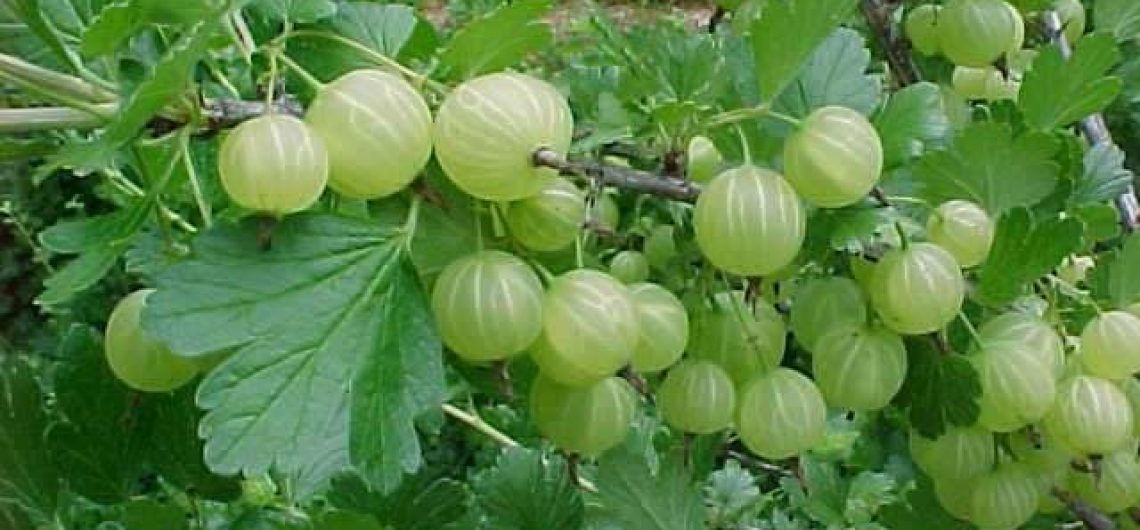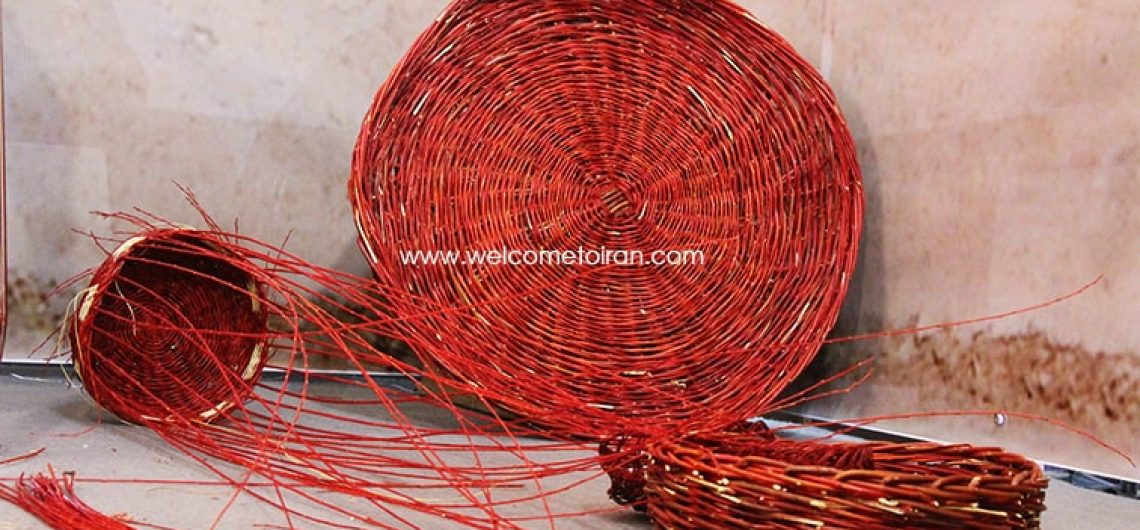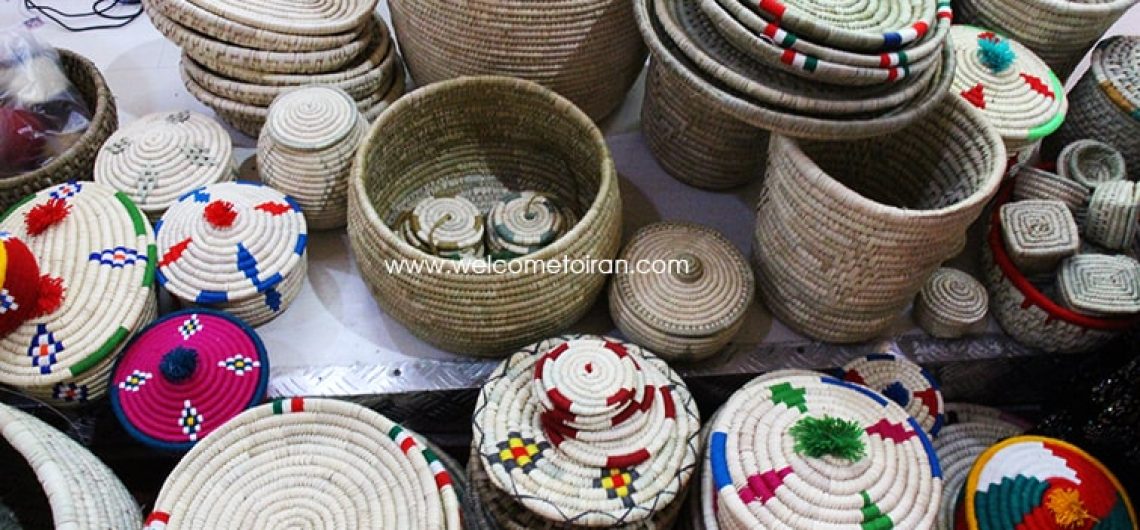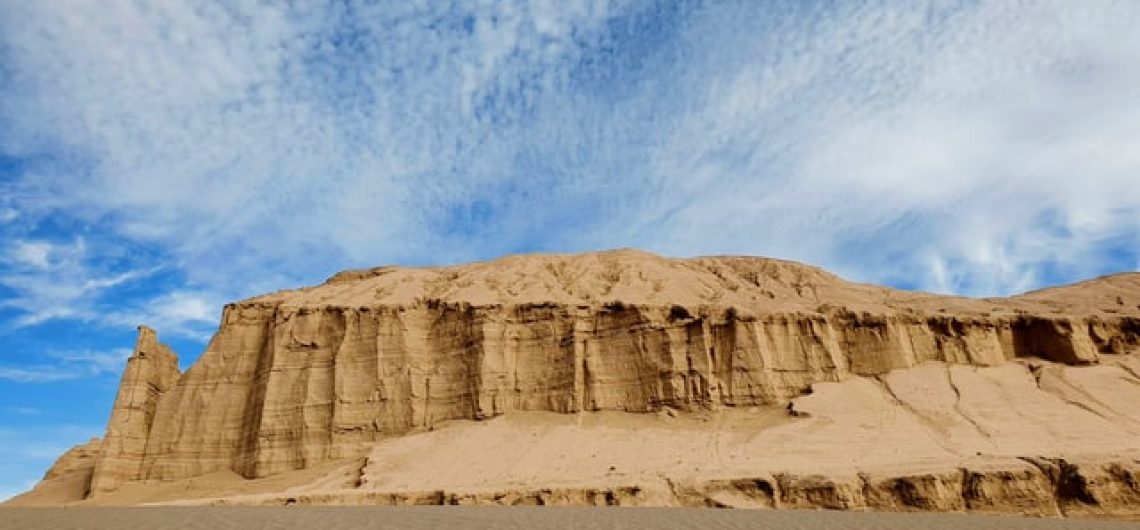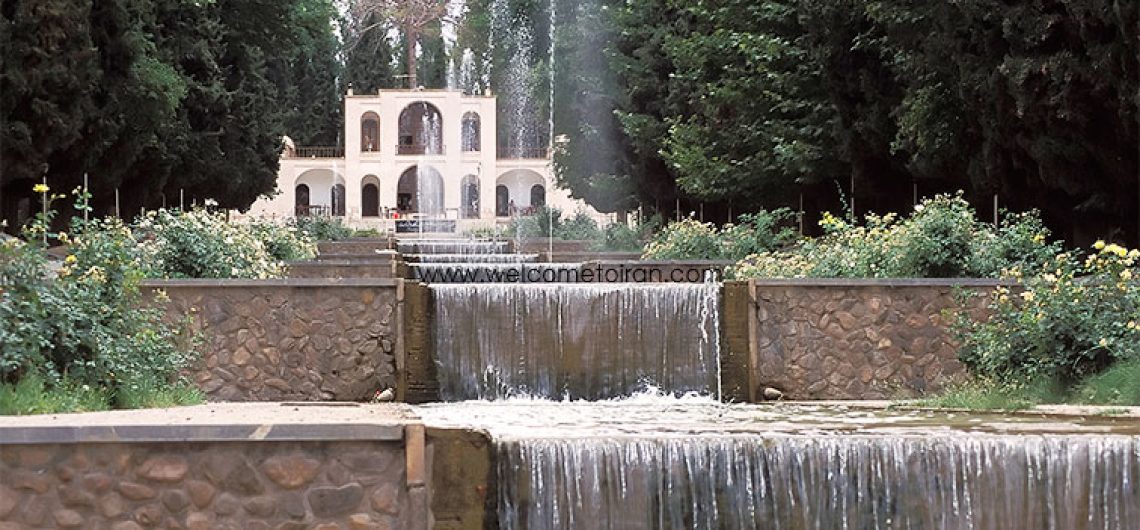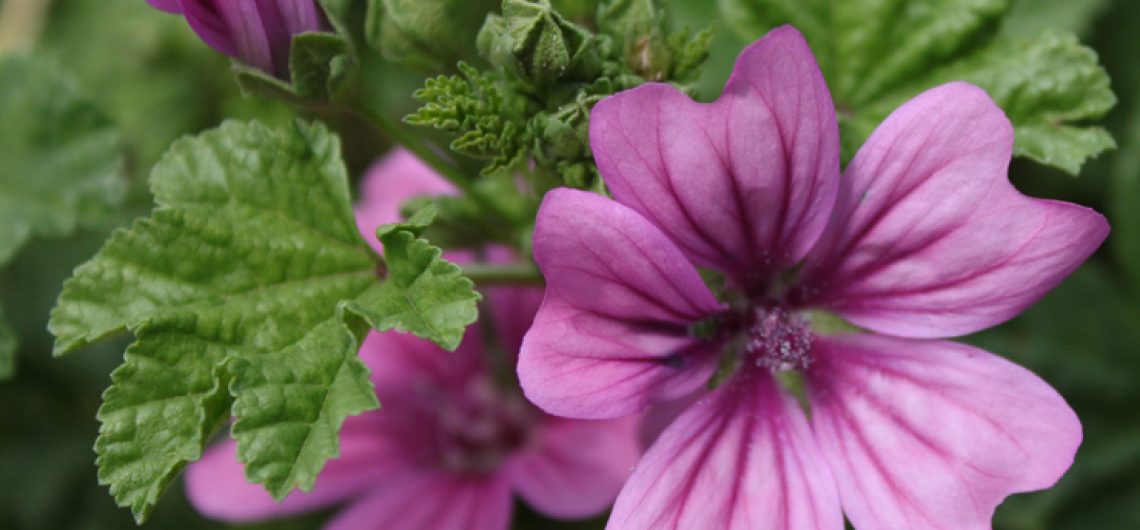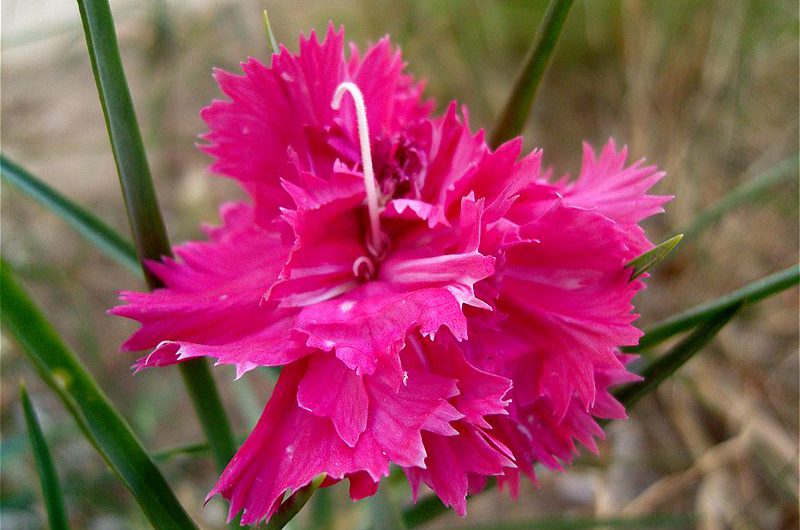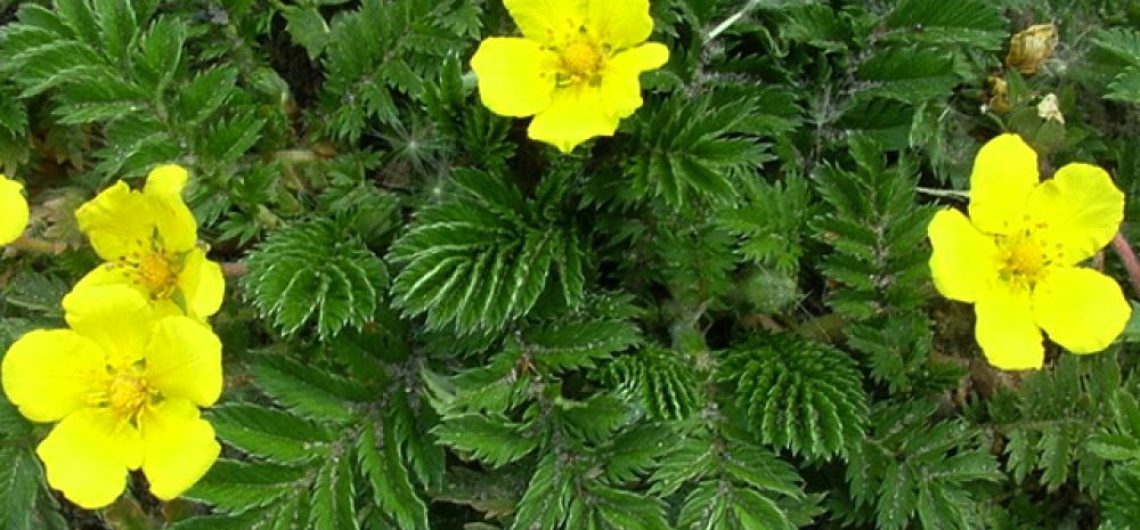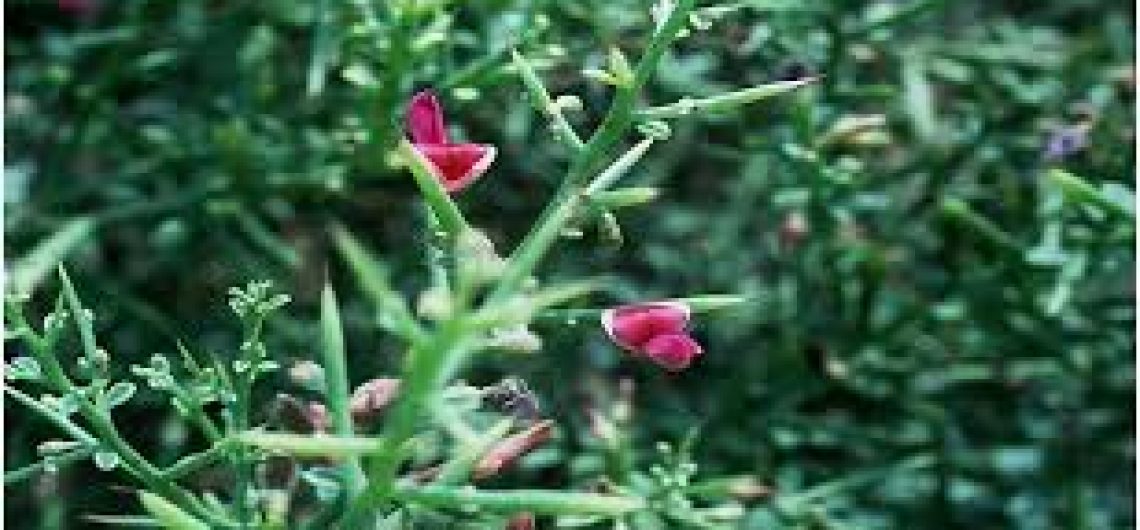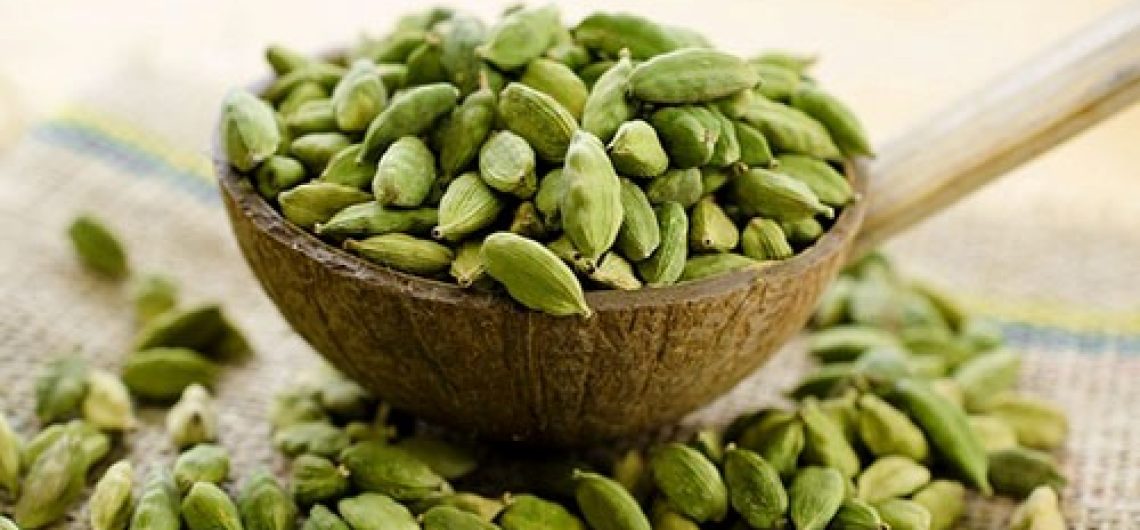Lut plains or Lut desert is the wilderness plain in the southeast of Iran. This plain with more than 40000 square kilometers area (contains both arena and privacy) is located in between some parts of Kerman, Sistan and Baluchistan and south Khorasan and with the area about 175000 Kilometers and has about 10 percent of the extent of Iran. Lut desert is the 25th biggest desert of the whole world. Lut desert is one of the regions that is ultra hot and dry. The core of that in the (2004, 2005, 2006, 2007, 2009) years showed this desert as the hottest point of the world that the most of them recorded in the year 2005 with the maximum temperature of 70. 7 ° C. Scientifics know the reason of the high temperature of this place is because of the dark colour and the dryness of the surface of that, and they are the reason of the absorption of the sunlight by the surface of the earth. Lout desert is from the north- west to the south- east. The length of that is 320 Kilometers (200 Miles) and the width of that is 160 Kilometers (100 Miles). Name of Lut Desert Lut means naked and without anything. Desert is the ecological and climate word that the vegetation, life, and downpours are very low there, but salt marsh is the lowest inner parts of the desert, it means that the place that it has lots of salt inside itself. In the global registration file Lout in UNESCO the title of “Lout desert ” is registered not the “Lout Saltmarsh” because this plain is a desert and not the salt marsh and the salt marsh is only formed the small part of the Lout plain area. In the geographical writings of the Lout
Lut plains or Lut desert is the wilderness plain in the southeast of Iran. This plain with more than 40000 square kilometers area (contains both arena and privacy) is located in between some parts of Kerman, Sistan and Baluchistan and south Khorasan and with the area about 175000 Kilometers and has about 10 percent of the extent of Iran.
Lut desert is the 25th biggest desert of the whole world.
Lut desert is one of the regions that is ultra hot and dry. The core of that in the (2004, 2005, 2006, 2007, 2009) years showed this desert as the hottest point of the world that the most of them recorded in the year 2005 with the maximum temperature of 70. 7 ° C. Scientifics know the reason of the high temperature of this place is because of the dark colour and the dryness of the surface of that, and they are the reason of the absorption of the sunlight by the surface of the earth. Lout desert is from the north- west to the south- east. The length of that is 320 Kilometers (200 Miles) and the width of that is 160 Kilometers (100 Miles).
Name of Lut Desert
Lut means naked and without anything. Desert is the ecological and climate word that the vegetation, life, and downpours are very low there, but salt marsh is the lowest inner parts of the desert, it means that the place that it has lots of salt inside itself. In the global registration file Lout in UNESCO the title of “Lout desert ” is registered not the “Lout Saltmarsh” because this plain is a desert and not the salt marsh and the salt marsh is only formed the small part of the Lout plain area. In the geographical writings of the Lout sometimes it is called “ Lout Pits”(Chaleh Lout), Sometimes it has the shape of “ Lot plain” and near the common people because of some similarities with the desert plain it has often the name of “Lout Desert”. “Lout Plain” is in the shape of the vast sandy desert. There are pits or several local watersheds that each of them receives around batch surface runoff. In the “Lout plain” the desert areas are usually emerged in inside or around these watersheds (Local pits) or in the parts of the seasonal and temporary streams.
Generally the salt marsh area in the “Lout plain” is not too much in compare with the sandy earth or in the other words it is not too much important that it can effect on the natural landscape of the place. From this point “Lout plain” is right in front of the “Salt marsh – plain” and most of its area are contains by the “salt marsh”.
So as researchers have emphasized repeatedly in their Geography writings using the “Lout Saltmarsh” in this unit is not correct and the people must use the words such as: “Lout plain” and “Lout desert” instead.
The Hottest point of the Earth
Based on measurements from World Meteorological Organization the highest recorded temperature on Earth belonging to the Aziziya Libya weather station that is located in the Sahara, that the temperature of that in the 13th September of 1992 in this station registered (58 °C )(136,4 Fahrenheit degree). Before that, the record of the hottest spot in the world belonged to “Death Valley” in California that was measured (56. 7 ° C) in the year 1913. In study of the warmest parts of the Earth by using the satellite images of Medic sensor from the years 2003 – 2009 by NASA , Lout desert in the years of 2004,2005,2006,2007,2009 measured as the hottest point of the world that in the year 2005 with the temperature of 70,7 °C recorded the hottest temperature in all the Earth. This temperature is 12 ° C higher than the official record of the Earth’s temperature that has been recorded in 1992 in Libya. People must pay attention that the hottest points of the world will change in the various years, in addition, the Earth’s surface temperature is usually higher than the air temperature at the same point and the recorded number as the Earth’s surface temperature that is coming from the surface temperature index is not mean the air temperature of the areas. The study of the scientists about the difference between air temperature and ground in Death Valley in 1915 showed in the way that when the temperature of the surface of Earth in the depth of 0,4 centimeters of the surface dust is 71,5 °C the temperature of the weather in the 120 centimeters of the surface of the Earth is about 42,5 °C.
In many of the Iranian and abroad medias base on the speech of the Doctor Parviz Kordavani the region of the “Gandom Berian” (in the 80 Kilometers of north of Shahdad) is called as the hottest point of the Lout and world but Kordavani by rejecting this claim believe that the hottest point of the earth is located in the “Lout desert” in the “central Lout pit” in the 75 Kilometers of the east of Shahdad and knowing “Gandom Berian” as the hottest point of the world is not correct.
Position and general indicates of the “Lut plain”
- Lout plain is the range in between the south Khorasan, Sistan and Baluchestan and Kerman provinces.
- Lout plain is located in between the two faults of Nahbandan in east and Naay band (epiglottis) in the west.
- Its northern limit is in the circuit of 32 degrees and its southern limit is in the circuit of 28 degrees.
- The extent of the “Lout plain” basin, is about 175000 Square Kilometers one-tenth of the area of the country.
- The length of that from north to south is about 900 Kilometers and from the west to east, it is about 300 Kilometers.
- The lowest point of the “Lout plain” is about 190 meters lower than the surface of the sea.(Central Lout)
- Lout plain was the place of big and important earthquakes.
- In the foot of Mount, that they are in front of the big “Lout saltmarsh” some signs of residence of people that they were related to the fourth millennium B.C. were found.
- The largest population area of “Lout plain” is “Shahdad” that it was called in the past with the name of “Khabis”.
- Sirach valley and the residential area of that with the same name is one of the most beautiful green landscapes in the margin of this mysterious plain.
Interesting phenomena
Lut plain is one of the most interesting desert tolls of the whole world. Some of its attractions are as follow:
- It is the biggest Clod city of the world. Kaluts area from the far is as same as the ruins of the great city that they are many descriptions about that such as: Imaginary city or town of
- The highest sandy pyramids of the whole world is in the Lout. The highest known pyramids of the world maximum has 300 meters height (Libya) but in the Lout the height of the some of the pyramids even are sometimes 480 meters.
- 40 Quaternary volcanic cones are located in the surface of the “Lout plain”.
- Large areas of sand with the range of light brown to gray and black color such as “Godar Barout” (Gunpowder Godard) that because of that the dust of that is black and as same as the Gunpowder has this name.
- The plains of basaltic lavas pitted and it is as same as the “Gandfom Berian”.
- Wavy sandy areas.
- The biggest Nabkas of the whole world are the sandy dunes that they covered with plants that is one of the wonders of the coexistence of soil and water and plants. Nakba call “Desert Vase” either.
- The highest Rebdou(Rebdou is as same as the Nabka but in the largest dimensions and complex forms that they are located in the West Lout).
- Zones in the shapes of numerous polygons that they are resulting of the thick layer of salt and high evaporation of surface.
- “Pa shotory Saltmarsh” (Camel Leg Saltmarsh) the surface of these lands are in the shape that it seems after lots of raining the land come to be soak and many camels are walking on them.
- Hammada are sandy plains that they contain no plant.
Geographical Units
Lut plain is divided into three geographical Units:
- North Lout is formation from the different elements such as sand and the southern limit of that formed from the irregular cuts overlooking the pits, “Passion river of Birjand”. Irregular sand terrain that the tables of sand are inside them.
- Central Lout is the most admired part of the Lout plain. In the east parts of the central Lout there are located hills, and huge masses sandy interlocking of the sand and covered a significant level of Lout to an average width of 52 km and the average length of 162 km at there. Some parts of the irregularities of central Lout has been vegetation and the west part of that has no vegetation .
From the geomorphology the central Lout is divided into the three main regions (From the west to east):
1/Pediment with the width of 5-10 KL in the shapes of strips that the surface of it covered from the sand, silt and salt.
2/Kalutes
Kalut (the local expression ) are known as the gigantic gullies that they are result of water and wind erosion and they are known as the unrivaled phenomenon of the world.
The “passion river” has enough effect in making the walls of the Kalut in the moisturize shape and facilitated their erosions.
The Kalut region is located in the 43 KL distance from the Shahdad (24 KL of the Seif village) and they formed in the area with the medium width of 80 KL and medium length of 145 KL.
The most important wind that erosion the walls of the Kalut are 120 days winds of Sistan.
In the distance of the Kalut the earth is covered with the sand and in the placers that the earth doesn’t have sand the earth is covered with pad clay and clay.
3/Sandy hills in the east of the central Lout the region made with the width of 50 KL and length of 100 KL. The height of these sandy hills are arrive to the 500 meters.
Sandy roughs have different shapes that you can watch them as follow:
- Barkhan
- Sandy pyramids
- Sif
- Lengthy hills
South Lut (Negro Lout) is the richest part of the Lout base on the vegetation.
Vegetation
In about 20 KL of Shahdad, Tamarisk shrubs, trees are located in the Lout dessert pot that the people said Nabka with the plant hills to them.
The earth in between the Nabkas are full of sand and they are generally appear in the flat surface that the range of the sand are medium there and the range of the mineral water are high or the humidity be ok for growing the life vegetation on them.
The elements that they are constituent the Nabka are containing as follow:
The shapes of Nabka contain the function of size, density and the amount of plant growth that there are contain as the other kinds such as: batch of Gramineae, Haloxylon Shrub, Tamarisk, …
In the Lout dessert the kind of Tamarix plant is from the host species of Nabka. The height of Nabka is from some decimeter to some meters and the length of them is from one meter to Ten meters.
Pay attention that the single plants must have the height more than 10-15 centimeters until they can control the sand.
If the sand don’t have cohesion mood in the other word they don’t have clay and silt elements the volume of them will change with the change and speed of the wind.
With increase the amount of sediment, the plant to avoid from buried continue its growing upward until the time that the root of the plant has its connection with the mineral water but in the place that the mineral water drop the connection will be cut and the destroying of the Nabka will be start that at the end the Nabka will be destroy and die. The permanent and several years Nabka has the fundamental role of the region as follow:
- Changes the level of underground water
- Runoff
- Evaporation
- Transpiration
- Wind sediment control
Rebdou with the bigger dimension are come to be apart from the Nabka. The length of them are come to be 2-7 meters and the width of them are 1-5 meters. Apart from the dimension, shape of Rebdou are more complicated than Nabka ; and sometimes they show some cones that they are located near each other.
The highest Rebdou located in the west Lout that sometimes the height of them are arrive to the 12 meters(The height of one building with four floors).
Archaeological excavations
The Geographical Institute of Tehran University from the year of 1346 was starting studies about the Lout plain. The result of these researches leads to discover some objects as follow:
- Examples of earthenware objects
- Examples of metal objects
- Examples of stone objects
All these objects are related to the pre-history time of this area, but this board because of being busy with its works of itself and don’t have the Archaeologist persons, failed in speculation and further investigation. Dasht-e Lut (Lout plain) board of studies in collaboration with the department of archeology in the year of 1347 went to this region and they can discover the various potteries pieces and with searching in the short hills and different ways that they are locating in between the different parts of Kalut they can arrive to the tombs of the pre- history time and the valuable objects of them.
Discovered Objects and Tombs
In the ten days searching of Aqous Shahdad that is located in the 7 KL distance of the Lout plain, various objects that they were belonging to the third millennium and the earthenware that they were for the fourth millennium of the pre-history found in the discovered tombs that they were containing the earthen dishes with the red colour that they were decorated with the different designs that they are in the part of design and shape and the way of doing as same as the discovered dishes that they were located in the Balampour of Balouchistan and Khourab of Kerman. Also there were discovered earthenware jug with the pea colour that was very delicate that it had three red stripes on itself. Between these strips are filled with pictures of Eagle with the spread wings and they were decorated with parallel broken lines with the black colour. As same as this kind of dish were find in the Iran-Pakistan border in the hill with the name of the Koli Mahy (Gypsy Fish) that the age of them back to the third millennium B.C. and they can also compare with the colorful dishes of Susa.
Stony dishes
In the discovered tombs some kinds of Marble dishes and gray limestone were discovering. The Marble , colorful dishes of this region with the Marble objects of Susa that they belonged to the third millennium B.C. have the overall similarity. Discovering these kinds of objects in this place prove the relation of the Qabus nation with the far points. Also decorative and metal dishes were finding in this place.
Khour dessert
Khour dessert or Khour salt lake and Biabanak (small dessert) is a large area that is located in the margin of the Lout plain in the way of Isfahan to Tabas. In the summer with dry the water the beautiful scenic of salt is creating that it has the shape as same as the shape of the North Pole and the area rich in snow.
Registered on UNESCO World Heritage List
Before the fortieth session of the World Heritage in Istanbul, Iran had 19 registered effects in the World Heritage that all of them were in the list of cultural Iran works and there were no natural effect in the list of World Heritage. In this session, the Lout dessert was registering as the first Natural effect of Iran in the UNESCO World Heritage List. Iran sent the file of Lout dessert and Iranian aqueduct for registering in the world Heritage list. First eleven aqueduct and after that the Lout dessert was included in the World Heritage List. Lout dessert has unique features that they made this effect worthy to registering in the list of world natural heritage. These features are as follow:
- The highest Kalout of the world in the east part of Kaloutes
- The highest length Kaloutes of the world
- The hottest point of the world with temperature of 70.7 ° C
- The highest sandy hills in the east of Lout dessert
- Being the one of the highest Nabkas of the whole world with the 12 meters height in the Lout dessert
The limitation of the Lout dessert arena and its privacy for registering in the world Heritage list was determined about 40,000 Square KL that is the great range and it is located in between the 3 provinces as follow:
- South Khorasan
- Kerman
- Sistan and Baluchestan
Of course the Lout dessert is much larger than the proposed limitation for registering in the World Heritage List, but base on that part the most important parts of the Lout dessert located in the central part of this dessert so this region was proposed for registering in the World Heritage List.
The start of the work on the registering of the World Heritage list was in the year 2014 and the file of that sent for the UNESCO office in the Paris in the February of 2014. This project developed by management of Geographers and the collaboration of many experts from other disciplines and finally in the 17 July of 2016 with the consensus of all the member countries of the World Heritage Committee , Lout dessert located as the first natural effect in the UNESCO World Heritage List.





